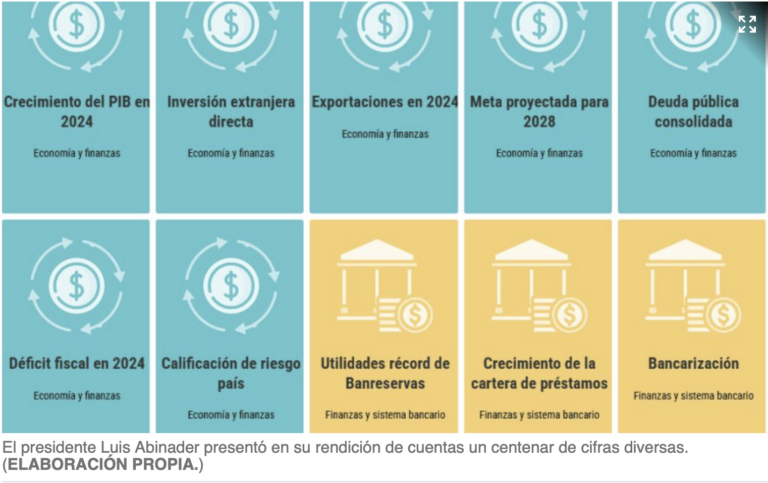Speaking at the breakfast conference of the Archbishopric of Santo Domingo, Frank Rainieri explained that the almost 50,000 hotel rooms alone generate directly, indirectly and induced between 14% and 16% of the country’s gross domestic product, provide 93,000 direct jobs and approximately 323,000 indirect jobs. That’s a big number!
But he also explained that Pedernales, Espaillat, and Barahona provinces are important suppliers for the Punta Cana tourist area, whose consumption of food and agro-industrial products exceeds US$600 million a year. More than the total exports of sugar, coffee or cocoa! Add to this Santiago and San Cristóbal, and the more than 17,000 micro, small, and medium-sized enterprises scattered throughout the country linked to the tourism sector.
When reviewing the statistics on the country’s exports for 2022, the latest published in full by the Central Bank, interesting information is found to compare tourism with the rest of the productive apparatus.
This year, registered tourism revenues totaled US$8,405.6 million. Exports of domestic industrial origin contributed US$3,238.2 million, and free zone exports US$7,598 million. Looking at other areas, national agricultural and livestock totaled US$744 million and free zone areas US$234 million. The total of national exports was US$5,944 million, which, added to free zone exports, are $13,776 million. Minerals exported totaled US$1.961 billion.
Then add the goods acquired at the country’s airports by airlines to this package; US$864 million, US$34 million in food and the rest fuel. Revenues from exports of goods and tourism services totaled US$22.181 billion, excluding sales at ports and airports. Tourism contributed 38%.
We can conclude that this industry is indeed an economic giant, still developing, because the number of tourist arrival continues to grow and the sector has an important role in attracting foreign direct investment which is now booming after the success management of the global tourism crisis caused by the pandemic in 2019-2022 period.
Another indicator of the impact of tourism can be seen in the population statistics from the 2022 census as a reference.
Tourism put La Altagracia on the list of the five most populated provinces. In 1970, when the first timid steps were being taken in the industry, the city of Higüey had 21,560 inhabitants.
In the last census, the Verón-Punta Cana Municipal District, a dependency of the municipality of Higüey, already existed, with 415,084 registered inhabitants. Of these, the city of Higüey had 234,233 inhabitants (56.4%), and Verón Punta Cana 138,919 (33.4%) an area that in 1970 had less than 500 inhabitants. The city of La Romana, an important city in the region and head of a tourist area with 139,238 inhabitants, has just 319 more than Verón-Punta Cana.
In the last 50 years, the only new or outstanding thing in the economy of La Altagracia province, and in the municipality of Higüey, has been tourism, because sugar cane and cattle farming were already there. Tourism, that productive giant, has already changed the life of the region and I think it is changing the economic landscape of the country.
Source:

